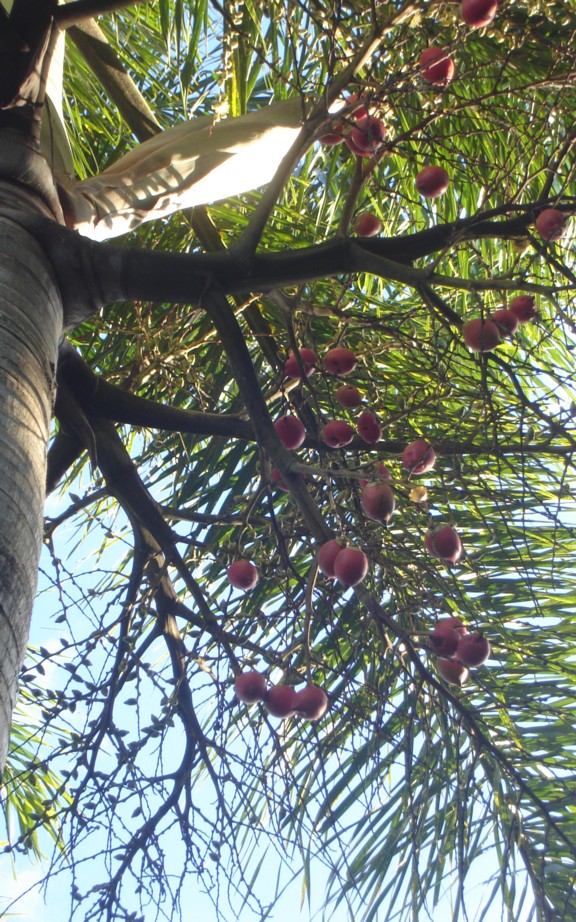|
Cape Melville, Queensland
Cape Melville is a headland on the eastern coast of the Cape York Peninsula in Australia. To its west lies Princess Charlotte Bay. It is part of the Cape Melville National Park. Cape Melville was named Stoney Cape in 1815 by Lieutenant Charles Jeffreys on the HM Kangaroo but later renamed by him as Cape Melville Pipon Island is about six km north of the cape and Hales Island about two km east, both part of the Great Barrier Reef Marine Park. King Island lies several kilometres to the north west of the cape. The highest peak on the cape is Abbey Peak, which named in 1901 by Commander Munro. R.N., while aboard . The cape consists of granite outcrops which formed 250 million years ago. Unique ecosystem The headland has been described as a "lost world". Several animal species have existed in an isolated section of rainforest for millions of years. A field of granite boulders has prevented bushfires from affecting the area and kept moisture in. In March 2013, ... [...More Info...] [...Related Items...] OR: [Wikipedia] [Google] [Baidu] |
Cape (geography)
In geography, a cape is a headland, peninsula or promontory extending into a body of water, usually a sea. A cape usually represents a marked change in trend of the Coast, coastline, often making them important landmarks in sea navigation. This also makes them prone to natural forms of erosion, mainly tidal actions, resulting in a relatively short geological lifespan. Formation Capes can be formed by Glacier, glaciers, Volcano, volcanoes, and changes in sea level. Erosion plays a large role in each of these methods of formation. Coastal erosion by waves and currents can create capes by wearing away softer rock and leaving behind harder rock formations. Movements of the Earth's crust can uplift land, forming capes. For example, the Cape of Good Hope was formed by tectonic forces. Volcanic eruptions can create capes by depositing lava that solidifies into new landforms. Cape Verde, (also known as Cabo Verde) is an example of a volcanic cape. Glaciers can carve out capes by erod ... [...More Info...] [...Related Items...] OR: [Wikipedia] [Google] [Baidu] |
Endemism
Endemism is the state of a species being found only in a single defined geographic location, such as an island, state, nation, country or other defined zone; organisms that are indigenous to a place are not endemic to it if they are also found elsewhere. For example, the Cape sugarbird is found exclusively in southwestern South Africa and is therefore said to be ''endemic'' to that particular part of the world. An endemic species can also be referred to as an ''endemism'' or, in scientific literature, as an ''endemite''. Similarly, many species found in the Western ghats of India are examples of endemism. Endemism is an important concept in conservation biology for measuring biodiversity in a particular place and evaluating the risk of extinction for species. Endemism is also of interest in evolutionary biology, because it provides clues about how changes in the environment cause species to undergo range shifts (potentially expanding their range into a larger area or b ... [...More Info...] [...Related Items...] OR: [Wikipedia] [Google] [Baidu] |
Cape Melville Affair
The Cape Melville incident was a series of events that took place in Cape Melville National Park and Cooktown police station in Queensland, Australia, on 11 November 1993. The incident precipitated a political scandal for the Labor State Government known as the Cape Melville affair or Foxtail palm affair. The foxtail palm The foxtail palm (''Wodyetia bifurcata'') is a tree endemic to the granite boulder fields of the Melville Range, within Cape Melville National Park on Queensland's remote Cape York Peninsula. The tree was unknown beyond the local Aboriginal community until 1978, but its beauty meant it was an instant hit with urban gardeners the world over. By the mid-1980s, illegal harvesting of the plant's seeds for nurseries had become widespread. Though the palm was not endangered, the smugglers caused significant damage to the area by vandalising park gates, trampling undergrowth, felling whole stands of trees, poaching protected wildlife and depleting natural seed banks. ... [...More Info...] [...Related Items...] OR: [Wikipedia] [Google] [Baidu] |


